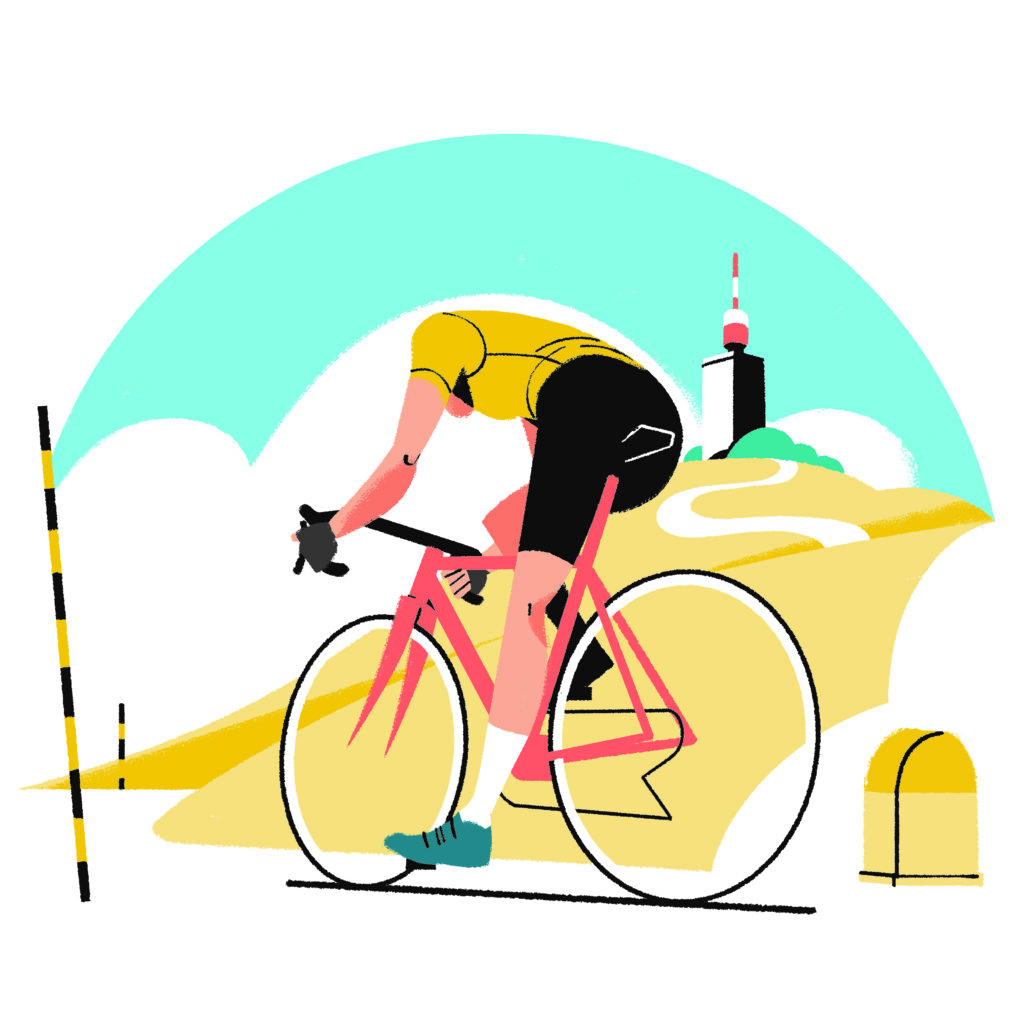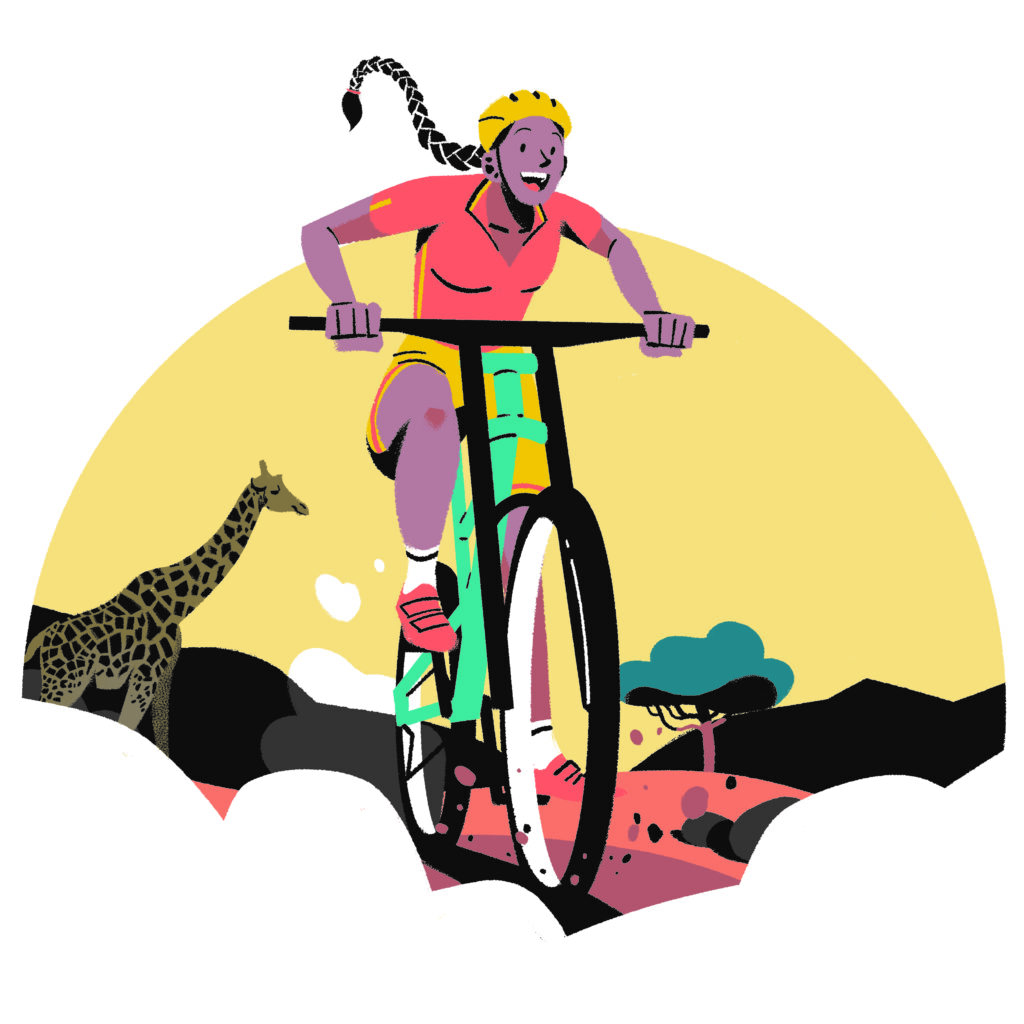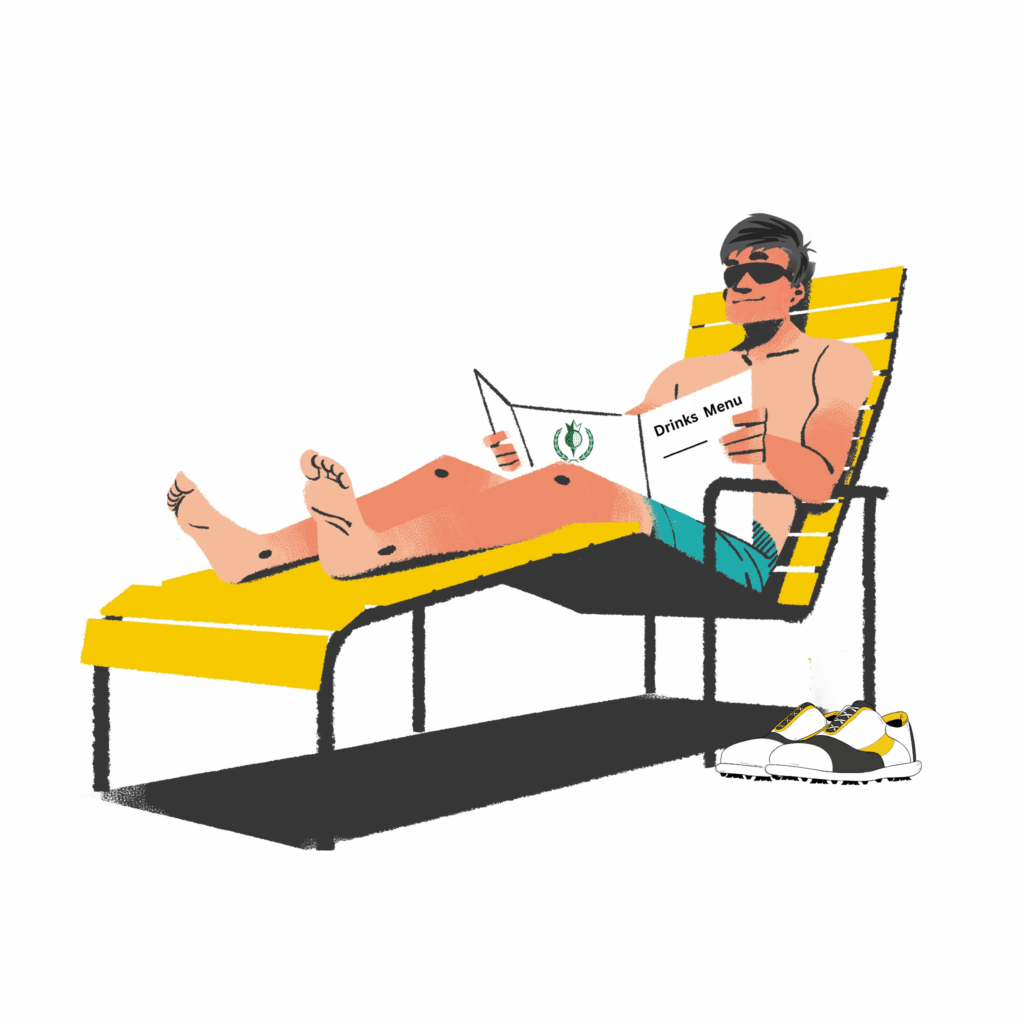In this article I am going take your through 10 simple steps beginner bike maintenance. Hopefully they will mean less time off the road, less money spent on repairs and better performance.
1. RE GREASE THE SEAT POST
Over time water can get into the space between the saddle post and frame causing corrosion. Eventually this will make the saddle difficult if not impossible to remove from the frame.
- Allen key or torque wrench
- Rag
- Grease or carbon compound
- Electrical tape
- Mark your saddle position using electrical tape
- Loosen bolts from seat post clamp and remove saddle
- Use a rag to clean all old grease off seat post
- Re apply grease or carbon compound depending on type of frame you have
- Replace saddle and tighten seat bolts
2. LUBRICATE CLIPLESS PEDALS
- Allen key or pedal wrench
- Degreaser
- Grease
- Rag
- Spray lubricant
- Before you start, put your front gear on the biggest ring. If you slip whilst removing the pedals and catch your hand on the teeth of the chainring it can be very painful
- Unscrew the pedals from the crank arms. Depending on the type of pedals/cranks you have these will need an Allen key or pedal spanner.
- If you are struggling to remove the pedals you may need a hollow piece of pipe to act as a lever. Remember the pedals unscrew in different ways. The right is loosened by turning it anti clockwise, the left needs to be turned clockwise.
- Clean the pedals with a rag and use degreaser to get off any tough dirt.
- Spray lubricant into the key parts of the clipping mechanism of the pedal and wipe off excess.
- Grease the threads of the pedals and then screw them back into the crank arms. This should make them easier to remove in the future.
3. MAINTAIN CLEATS
- Allen key
- Rag
- Grease
- Potentially new cleats
- Pencil
- Draw around your cleat position on the shoe using a pencil
- Remove all the cleat bolts
- Ascertain if the cleats need replacing. There is a good reference guide here and I have also produced a video specific to SPD SL cleats here.
- Clean up the cleats and the bottom of the shoe using the rag, being careful not to remove the pencil lines
- Grease the bolts and screw them back in. This should help prevent creaks and make them easier to remove in future
4. CLEAN UP THE BOTTOM BRACKET CABLE GUIDE
- Rag
- Old cable wire
- Spray lubricant
HOW?
- Get your bike set up so the underneath is accessible, ideally using a stand.
- Look for the small guides and clean out as much of the gunk as possible using the rag and old wire
- Spray the lubricant through the guide and cable housing. This will remove any remaining gunk and lubricate the wire
- Clean off excess lubricant to ensure nothing else will stick to it
5. CLEAN UP AND LUBRICATE YOUR CHAIN
When your chasing starts to collect dirt, all of it gets fed around your components causing longer term damage to more expensive components.
- Rag
- Chain lube
- Maybe some degreaser
- Clean the muck off the outside of the chain using the rag. Run the pedals around whilst holding your rag in the same position to get the whole chain
- If the chain is really bad spray some degreaser on the rag and wipe it over the chain to to help get the muck off
- If required re lubricate the chain. Remember you are not lubricating the outside it is the internal parts that are key, so if the inside still seems greasy you are OK
- Drop lubricant into the chain links slowly and use the rag to wipe off excess. Have a read through the articles below if you need more information
Everything You Need To Know About Bike Lubricants (But Were Afraid To Ask!)
6. INSPECT AND CLEAN YOUR BRAKE PADS/WHEEL RIMS
- Rag
- Sandpaper/file
- Tweezers
- Remove the wheels from your bike
- Inspect your brake pads. Ensure they are not past the wear indicators (usually 2mm). If they are then they need replacing
- If pads are not worn, check them for grit/gunk. Remove anything stuck in the pad with tweezers and wipe them off with a rag
- If the pad appears glazed or shiny rough them up very slightly with the sandpaper or file. This should give the brakes more grip. Please note you should not do this regularly as you will age the pads much quicker. Normally a clean over with a rag will get the worst of the gunk off
- Before replacing the wheels clean the rims where the brake pads contact the wheel. Make sure you do this with a clean rag so as not to get any grease on the rim which would cause problems when braking
7. COMPLETE THE ‘DROP TEST’
- Allen key/torque wrench
- Screwdrivers
- Grease
- (I know this sounds awful!). Drop your bike from a small height, an inch or so. Listen for any rattles that come from around the bike
- Identify the source of the rattle and remove/clean/grease/replace/tighten
- Common areas
- The locking ring on inner tube valves
- Bottle cage bolts
- Saddle rails
8. CHECK YOUR TYRES
- Bike pump
- Tweezers
HOW?
- Check the tyre for wear. This can be difficult on a road bike as there is very little tread in the first place so it’s not always obvious when they are worn. The following may be indicators of tyre wear:
- Some road bike tyres have wear indicators which are small dimples in the tyre. When these are gone it means the tyre needs replacing.
- If you are getting punctures more often than normal this can be a sign that the rubber is now thin and needs replacing
- Check the tyre including sidewalls for any bulging
- The tyre may develop a flattened-off rather than rounded top to it
- You may start to see the thread showing through
- Remember your rear tyre is likely to wear faster than your front as it takes a lot more of the weight, plus has the power pushed through it from the rear cassette
- Check the bike tyres for any obvious damage or glass/stones stuck in them
- If there are any cuts that expose the weaving underneath the rubber you will need to replace the tyre. Anything less than that and you should be okay, but I would check back regularly
- If there is any glass/stones in the tyre, try and work them out with a tool or a pair of tweezers. This will stop them working their way further into the tyre and should hopefully keep the tyre going for longer. As per the above if you expose the weaving by doing this I would suggest replacing the tyre
- Pump up the tyres to the recommended pressure, though this should be a check you perform before pretty much every ride
9. LUBRICATE INSIDE YOUR CABLE HOUSING AND CHECK THE ENDS FOR FRAYING
- Spray lubricant (with narrow directional tube)
- Rag
- Old cable
- Wire cutters
- Cable ends
- Crimper or pliers to secure cable ends
- Work your way around the cables on your bike looking for the places where they enter a plastic housing
- Spray lubricant into the housing whilst holding a rag at the other end. This should flush out and grease and lubricate the cable
- If you can still see dirt at the ends of the housing try using an old piece of cable to push it through. Be careful not to fray your cable
- Make sure you wipe away excess lubricant from the housing so it doesn’t run onto other parts of the bike
- Check the cables for missing ends or fraying
- If the cable end is missing and there is no sign of fraying, fit a new end and secure using the pliers
- If the cable and is missing and/or has started to fray, see if it is possible to cut the end of the cable past the point of fraying.
- If this is possible cut the cable using the wire cutters
- Re fit a cable end using the pliers
- If the cable has frayed too far you will need a new cable fitting. If it is not something you are comfortable with is take to your local bike shop.
10. CLEAN YOUR BIKE
TOOLS REQUIRED
Quick Clean – Just back from a ride
- Grab two rags, one oily one clean
- Wet the clean rag and give the frame a quick wipe down removing the worst of the muck that has built up on the ride. I especially focus on anywhere the wheels throw up road debris plus places I’m likely to have dropped gels on such as the top tube and handlebars
- Use the oily rag to clean down the chain and other moving parts
Big Clean
- For this one I would set the bike up on a workstand
- With a big bucket of hot soapy water start cleaning at the top of the bike
- Degrease the key sections of the bike such as the chain
- Remove wheels and clean inside forks
- Clean wheels and cassette
- If all else fails watch this video!


